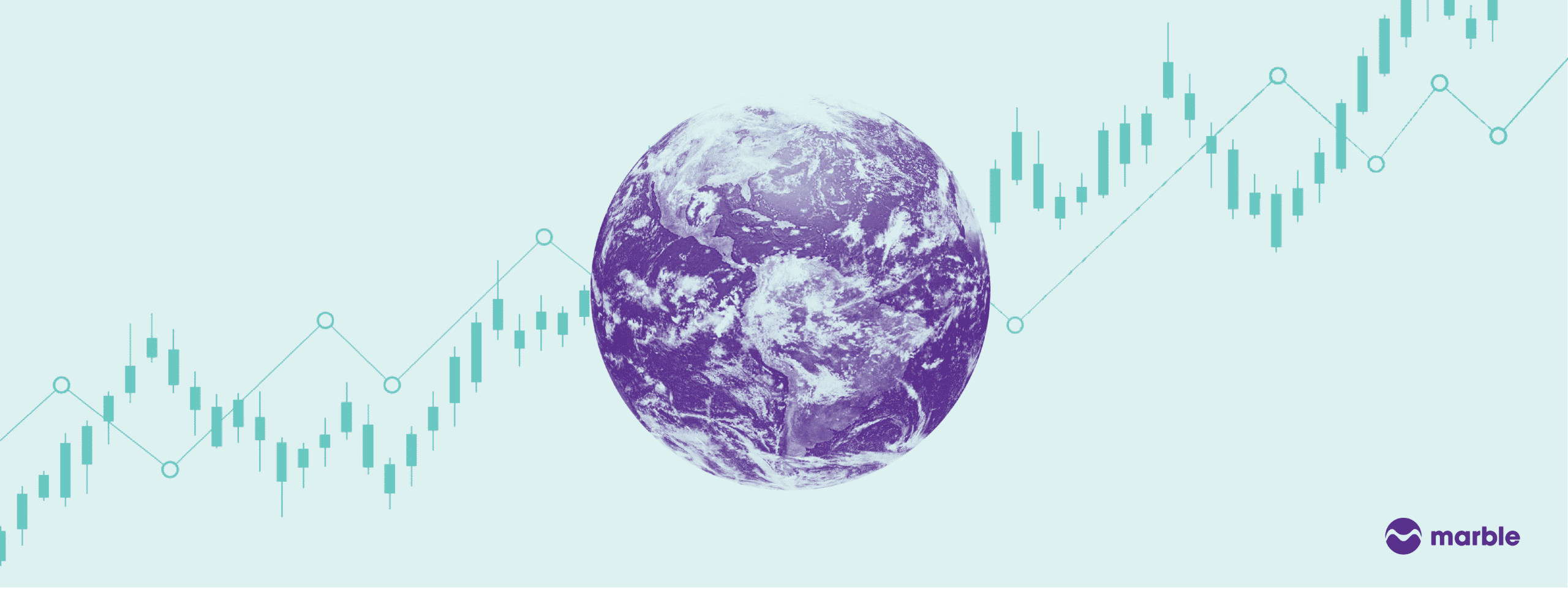Personal finance post-pandemic: 2021 overview and financial projections
The number one most overused word of 2020 and 2021 has to have been “unprecedented.” It became the calling card for every description of what would become a definitive beginning to a decade – a once-in-a-generation public health crisis, at the same time as previously unseen climate events, societal upheaval, and political unease. Surging unemployment numbers and a completely new work-from-home paradigm (for those lucky enough to have the option) shifted the entire discourse surrounding government-funded social programs, welfare, and unemployment insurance.
On top of that, 63% of Americans had their finances impacted by the COVID-19 pandemic, one way or another.(1) What word sums that all up better than “unprecedented?”|
The pandemic forced many Americans into a large-scale reevaluation of their personal financial situations. A 2021 study from George Washington University suggests that 60% of Americans feel anxious thinking about their personal finances, 50% of Americans feel stressed discussing their finances, and that major factors contributing to anxiety and stress include a lack of assets, insufficient income, high debt, money management challenges and low financial literacy(2).
The carryover from the pandemic may have greater long-term implications for North Americans that are currently clear. As the COVID-19 pandemic continues well into its second year, and with no clear end in sight, many people are left scrambling, trying to find new ways to achieve their personal financial goals despite widespread challenges and setbacks.
Research shows that nearly 30% of Americans do not feel that they can cover a financial setback greater than $400(3). In addition, 32% of Americans saved nothing for their retirement in 2020, 40% saved less than $300, and the average credit card debt in America is $6270(4). On paper, that definitely doesn’t sound great, but it’s important to remember that it’s also not all doom and gloom. A recent FICO report showed that the average credit score actually increased by 8 points over the past year, to 716(5). This suggests that while Americans have been saving less, they’ve also been prioritizing their credit health, paying down debt (or just not accruing as much new debt as they otherwise would have), and living more within their means rather than overextending themselves through credit debt.
What’s clear is that the last 20 months have brought massive changes to the North American financial landscape, what’s yet to be set in stone is whether or not those changes will stand the test of time. Will this period of financial hardship and instability lend itself to moulding a generation that monitors their finances more closely? Will we be more frugal, more conservative in our spending? Or, are we a powder keg of unregulated consumption just waiting to explode the second we get the all-clear from public health agencies? For the time being, AI-driven personal finance solutions like Marble Financial’s MyMarble platform offers users a greater level of personal financial knowledge, data analysis, and personalized solutions to improve their current financial situation, regardless of their future decisions.
Sources:
- https://spendmenot.com/blog/personal-finance-statistics/
- https://www.finra.org/media-center/newsreleases/2021/large-number-americans-reported-financial-anxiety-and-stress-even
- https://apnews.com/press-release/accesswire/business-government-business-and-finance-personal-credit-scores-north-america-personal-finance-education-56e9073f0bde163ee5937042682d66ac
- https://spendmenot.com/blog/personal-finance-statistics/
- https://www.cnbc.com/select/heres-how-the-average-american-increased-their-fico-score-last-year/






